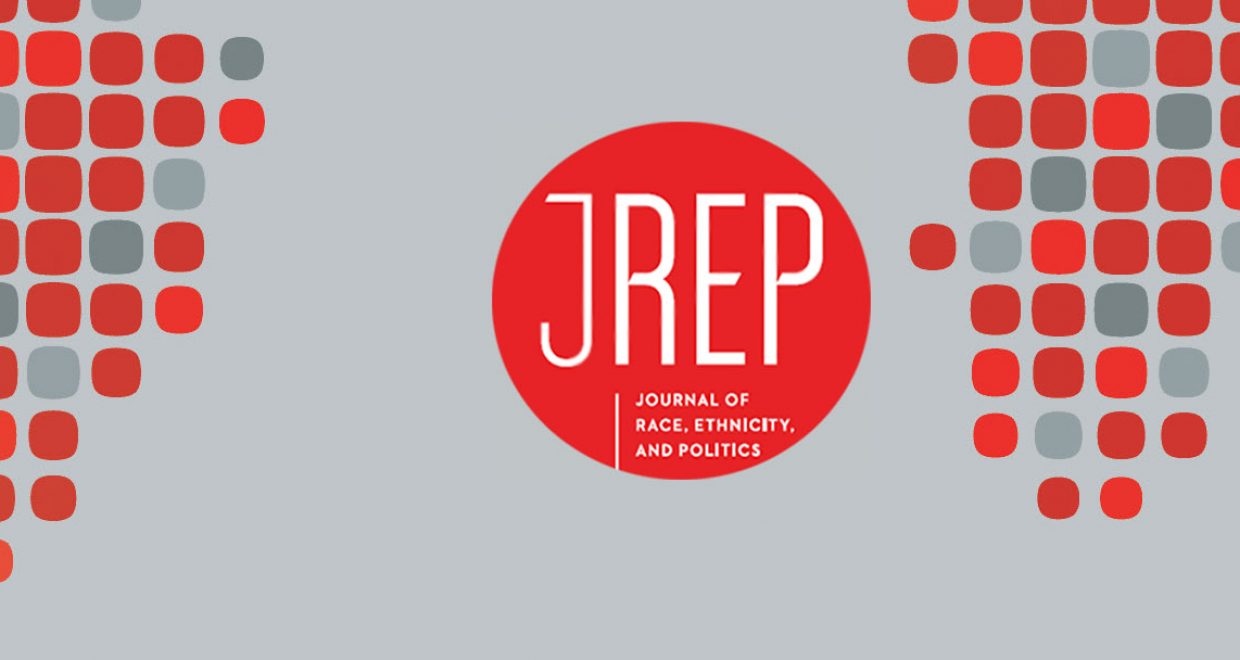Partisan Learning or Racial Learning? An Analysis of Public Opinion on Sanctuary Policies in CA and TX
The accidental shooting of Kathryn Steinle in 2015 by Jose Inez Garcia Zarate, an undocumented immigrant, in San Francisco ignited a long-dormant debate on sanctuary cities. Then-candidate Donald Trump seized on Ms. Steinle’s death as an example of the dangers of immigrant criminality and the threat posed to America’s safety by sanctuary policies like the one in place in San Francisco at the time. Until the Steinle shooting and candidacy of Donald Trump these policies had received little attention but the shooting served as a focusing event for media coverage and dog-whistle politics (McBeth and Lybecker 2018).
While the Steinle shooting and candidacy of Trump made sanctuary cities a mainstream political issue for the first time in decades, policies such as these date back to 1979 when the Los Angeles Police Department passed Special Order 40. This barred officers from inquiring into the immigration status of residents in the hope that this would facilitate greater cooperation between immigrant communities and the LAPD (Collingwood and Gonzalez O’Brien 2019). Despite the fact that sanctuary cities have existed in some form since 1979, public opinion work on these policies remains relatively limited, though this body of research is growing quickly.
In our article, “Partisan Learning or Racial Learning: Opinion Change on Sanctuary City Policy Preferences in CA and TX”, we examine the public’s changes in sanctuary policy preferences in two border states, California and Texas, between 2015 and 2017. We test two models that could be driving changes in support or opposition to sanctuary policies: 1) The racial learning model; and 2) The partisan learning model. For the former, we hypothesize that opinion change on sanctuary policies cleaves along racial/ethnic lines — with whites more likely to oppose sanctuary policy in 2017 than in 2015; and Latinos more likely to support sanctuary policy in 2017 relative to 2015.
For the latter, we propose that what drives support or opposition to sanctuary policies is not racial-learning, but instead partisan learning. We hypothesize that Democrats become more supportive of sanctuary policy between 2015 and 2017, whereas Republicans become less supportive. Further, we anticipate a smaller effect for Republicans, as sanctuary policies had been an issue in the 2007 and 2011 GOP primaries and been a regular feature on Fox News in the period preceding the Steinle shooting (Gonzalez O’Brien et al. 2019).
We evaluate these models by drawing on data from four surveys, two from California (2015 and 2017) and two from Texas (2015 and 2017). The 2015 surveys were fielded shortly after the Steinle shooting, which occurred on July 1st, in California (August 2015) and Texas (October/November 2015). Between 2015 and 2017, the issue became both more racially polarized, as it became part of the broader rhetoric about undocumented immigration, and politically polarized, as Democrats had to defend these policies as they came under increasing attack from Trump and the GOP.


We first test the racial learning model in California and Texas. If racial learning is playing a role in support or opposition to sanctuary policies, we should see Latinos and Whites, controlling for party, shift in opposite directions between 2015 and 2017. That is not what we find. Instead, Latino and Anglo/White partisans in both Texas and California shift in a similar direction in support for sanctuary. In California, White Democrats went from 24 to 79% percent support between 2015 and 2017, while Latino Democrats went from 37 to 77%. The findings for TX are similar to those in California.
We next test the partisan learning model and find strong support. As reflected in the figures above, in both California and Texas, partisanship is more predictive of attitudes toward sanctuary policies in 2017 than it is in 2015. The effects of partisan learning are particularly pronounced for Democrats, who had not been exposed to the issue of sanctuary policies and Democratic framing by political elites. However, between 2015 and 2017, Democratic elites increasingly defended these policies as they were attacked by Trump and the right. For Republicans there was little public attitude change between 2015 and 2017. This suggests that sanctuary policies have become part of the broader “culture war” between the GOP and Democratic Party over the issue of immigration.
Overall, our research suggests that sanctuary cities are being wrapped into the larger immigration debate within the United States. Like other cognate issues (e.g., race, other immigration attitudes), the public is using partisanship to sort itself into different camps. This makes discussions of the relative pros and cons of these policies unlikely, which is unfortunate considering the important conversations about immigration enforcement, policing, and federalism that they entail.
Benjamin Gonzalez O’Brien, University of California
Loren Collingwood, San Diego State University
Joe Tafoya, Depaul UniversityThis blog is based upon the authors’ article in the latest issue of the Journal of Race, Ethnicity, and Politics which you can read free of charge until the end of April 2020.





